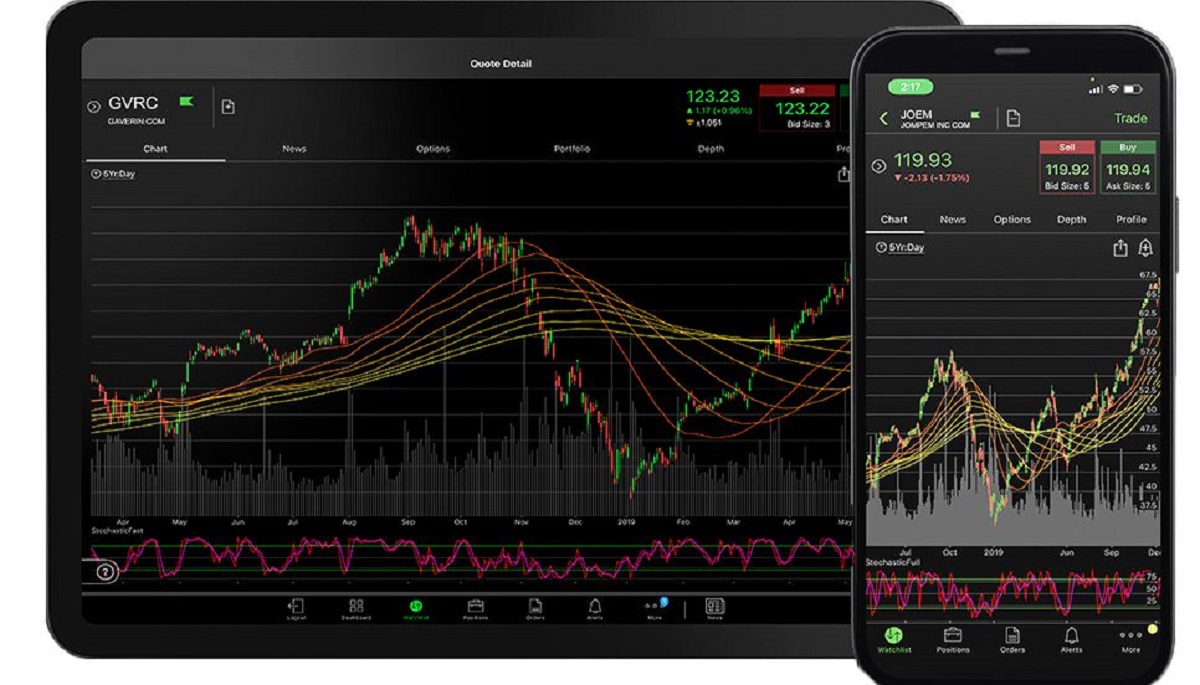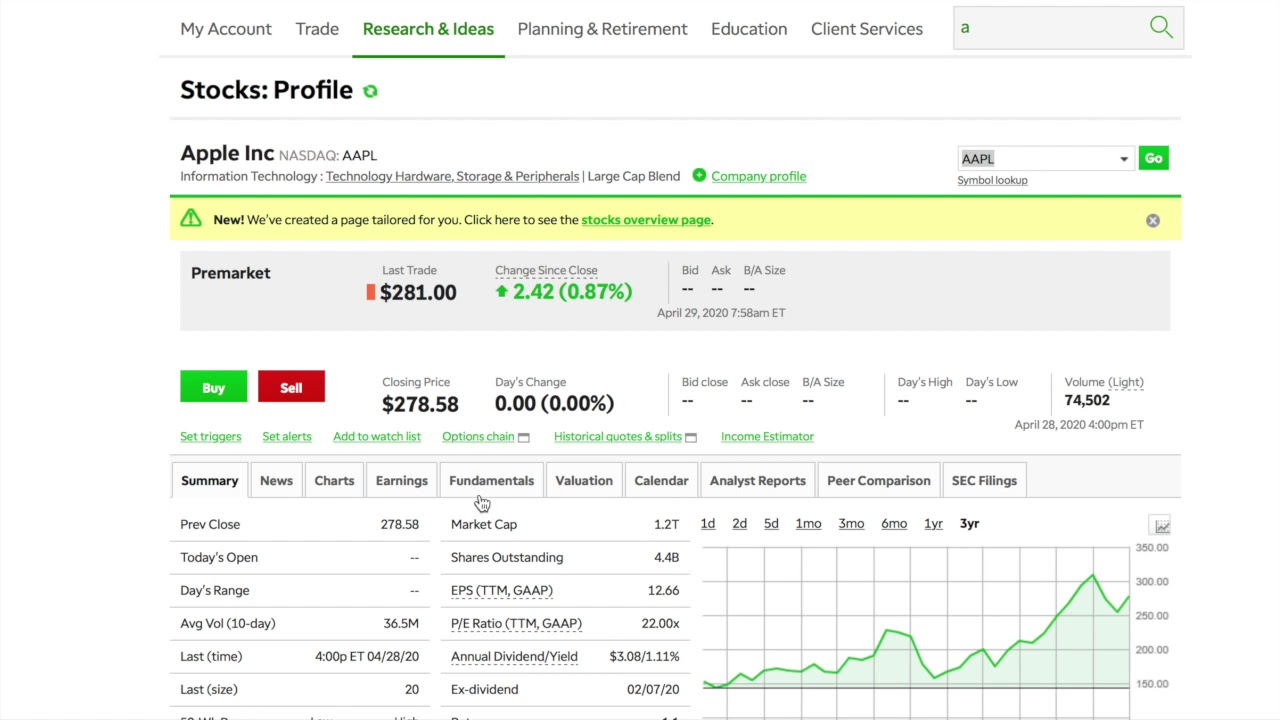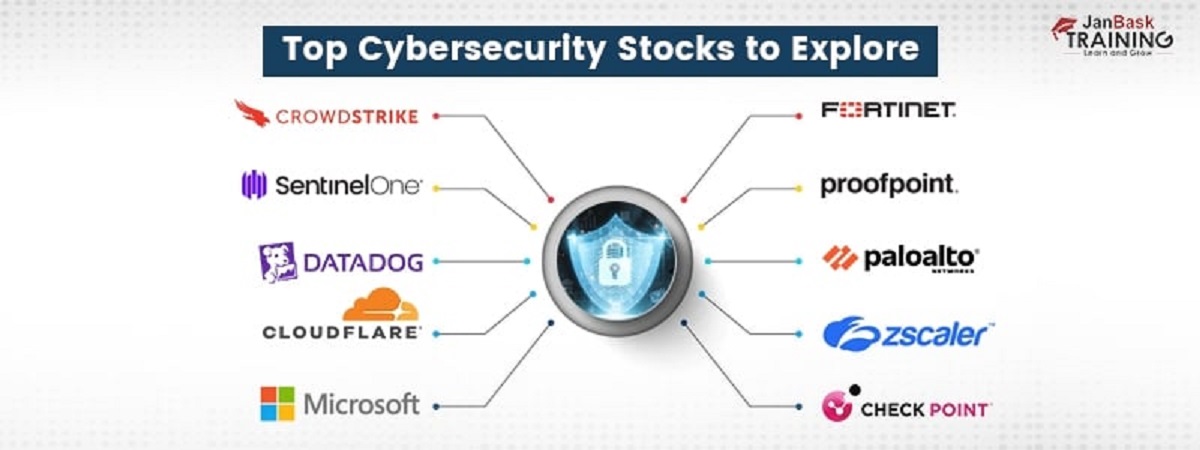Introduction
Welcome to our guide on how to turn off share lending on TD Ameritrade. As an investor, it’s essential to understand the various features and options available to you on your brokerage platform. One such feature is share lending, which allows your broker to lend out your shares to other traders or institutions.
Share lending is a common practice in the brokerage industry and can potentially generate additional income for your account. However, some investors prefer to opt out of share lending for various reasons, such as a desire to maintain full control over their shares or concerns about the potential risks associated with lending.
In this article, we will explain what share lending is, discuss the reasons why you might want to turn it off, and provide a step-by-step guide on how to disable share lending on TD Ameritrade. Whether you are new to investing or an experienced trader, this guide will help you make an informed decision about share lending and give you the necessary tools to manage it on your preferred investment platform.
What is Share Lending?
Share lending, also known as securities lending, is a practice where your broker borrows the shares you own in your investment account to lend them to other traders or institutions. This allows the borrowers to use the shares for various purposes, such as short-selling or hedging strategies, while providing you, as the lender, with potential additional income.
The process of share lending typically involves the broker charging a fee to the borrower for borrowing the shares. The fee is usually based on the demand for the shares and the length of time they are borrowed. The lender, on the other hand, receives a portion of this fee as compensation for allowing their shares to be lent out.
Share lending can be a beneficial feature for investors, as it can potentially generate additional income for their accounts. However, it is important to weigh the benefits against the potential risks and decide whether share lending aligns with your investment goals and risk tolerance.
It’s worth noting that while share lending can provide benefits, it does come with some risks. For example, if the borrower fails to return the shares or if the value of the shares declines significantly during the lending period, there may be potential losses. However, most reputable brokers have measures in place to minimize these risks and offer protection for lenders.
As an investor, it’s crucial to understand the implications of share lending and how it could impact your investment strategy. By familiarizing yourself with the concept, you can make an informed decision on whether you want to participate in share lending or opt out of it.
Why Turn Off Share Lending?
While share lending can provide potential benefits in terms of generating additional income, there are several reasons why investors may choose to turn off this feature on TD Ameritrade:
- Control over your shares: By turning off share lending, you maintain full control over your shares. This means that your shares will not be lent out to other traders or institutions, and you can decide how to utilize them for your investment strategy without any restrictions.
- Risk management: Share lending involves some level of risk. While brokers take measures to mitigate these risks, there is still a possibility of potential losses if the borrower fails to return the shares or if the value of the shares declines significantly during the lending period. By turning off share lending, you remove these potential risks from your investment portfolio.
- Personal preference: Some investors simply prefer to have complete ownership and control over their shares without the involvement of share lending. They may have personal reasons for not wanting to participate in this practice, and turning it off allows them to align their investment strategy with their individual preferences.
- Ethical considerations: Share lending can be viewed as enabling short-selling or other trading strategies that some investors may find unethical or disagree with. By opting out of share lending, you can ensure that your shares are not used for purposes that you are not comfortable with.
- Simplicity and clarity: For some investors, turning off share lending simplifies their investment approach and eliminates any confusion or complexity that may arise from participating in this practice. It allows them to focus on their core investment strategies without the additional considerations involved in share lending.
Ultimately, whether you choose to turn off share lending on TD Ameritrade or not depends on your individual investment goals, risk tolerance, and personal preferences. It is important to carefully consider the potential benefits and risks associated with share lending and decide what aligns best with your investment strategy.
Steps to Turn Off Share Lending on TD Ameritrade
If you have decided to opt out of share lending on TD Ameritrade, follow these steps to disable the feature:
- Login to your TD Ameritrade account: Visit the TD Ameritrade website and login to your account using your username and password.
- Access the account settings: Once logged in, navigate to the account settings or preferences section. This is typically located in the top menu or sidebar of the platform.
- Select ‘Share Lending’ or ‘Securities Lending’: Look for the option related to share lending or securities lending. The specific wording may vary, but it should be related to enabling or disabling the lending of your shares.
- Review and confirm your selection: On the share lending settings page, you will typically see a toggle switch or checkbox to enable or disable the feature. Review the current setting and make sure it is set to disable or turn off share lending.
- Save or apply the changes: Once you have verified that share lending is turned off, save or apply the changes to update your account settings.
- Verify the changes: To ensure that share lending is indeed disabled, double-check your account settings or preferences to confirm that the changes have been successfully applied.
- Monitor your account: After turning off share lending, regularly monitor your account to ensure that the feature remains disabled. This will give you peace of mind knowing that your shares are not being lent out without your consent.
It’s important to note that the steps mentioned above are general guidelines and may vary slightly depending on the specific layout and options available on the TD Ameritrade platform. If you encounter any difficulties or have any questions, it’s advisable to reach out to TD Ameritrade’s customer support for assistance.
By following these steps, you can turn off share lending on TD Ameritrade and have full control over the lending of your shares, aligning your investment strategy with your preferences and goals.
Conclusion
Turning off share lending on TD Ameritrade is a decision that should be based on your individual investment goals, risk tolerance, and personal preferences. While share lending can provide potential benefits, including additional income, it also comes with certain risks and considerations that may not be suitable for everyone.
In this guide, we have covered what share lending is, highlighted the reasons why investors may choose to turn off this feature, and provided step-by-step instructions on how to disable share lending on TD Ameritrade. By understanding the implications of share lending and the steps involved in turning it off, you can make an informed decision that aligns with your investment strategy.
Remember that choosing to turn off share lending means you retain full control over your shares, minimize potential risks associated with lending, and can simplify your investment approach. However, it’s essential to weigh the potential benefits against the potential risks and consider any ethical or personal preferences you may have.
If you are uncertain about whether to turn off share lending or have any questions regarding the process, it is always a good idea to reach out to TD Ameritrade’s customer support for further guidance.
Ultimately, the decision to turn off share lending rests in your hands. By being well-informed and taking into account your unique investment goals and preferences, you can shape your investment strategy to suit your needs.

























